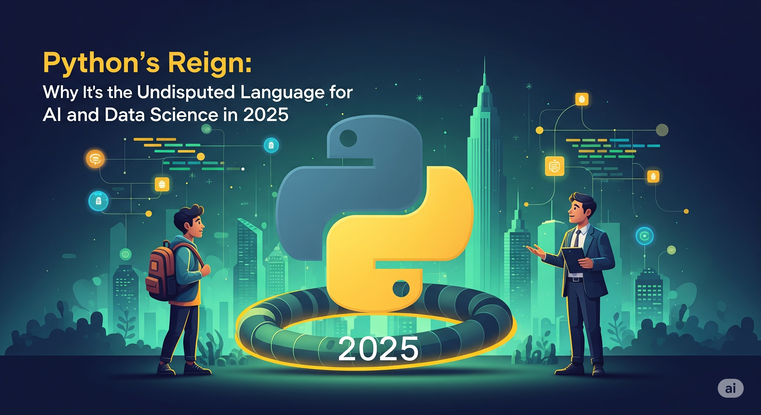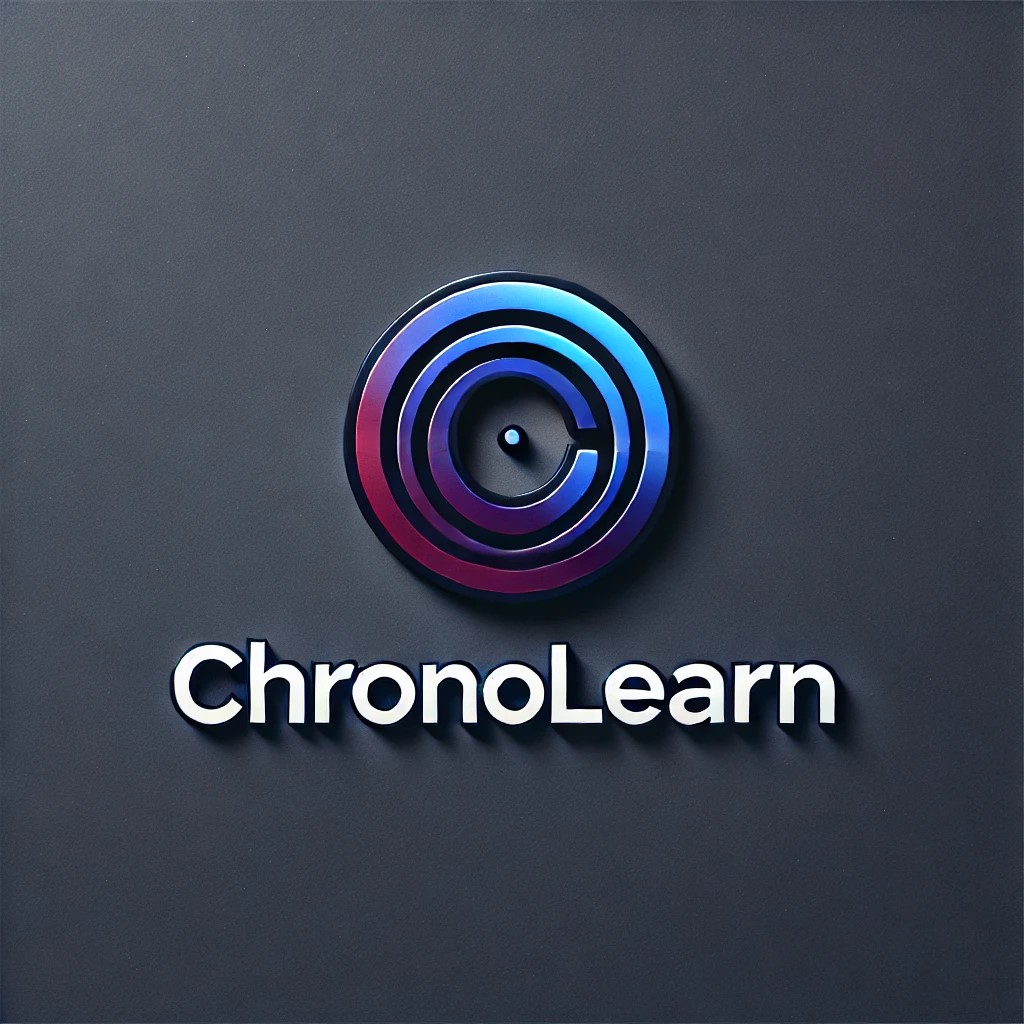
Python's Reign: Why It's the Undisputed Language for AI and Data Science in 2025
Introduction
In a world where Artificial Intelligence (AI) is transforming industries at lightning speed, one question remains constant for developers, data scientists, and businesses alike:
“Which programming language is the best for AI and Data Science?”
For years, the answer has overwhelmingly been Python.
Even in 2025, with emerging languages like Julia, Mojo, and Rust making waves, Python continues to dominate as the #1 AI and Data Science language.
The reason is not just history or popularity — it’s technical supremacy, ecosystem maturity, community strength, and unmatched versatility. Whether you’re building a chatbot like ChatGPT, training a vision model for self-driving cars, or processing petabytes of financial transactions, Python offers the tools, libraries, and speed to execute at scale.
In this comprehensive guide, we’ll explore:
-
Why Python became the AI leader.
-
How it powers the latest 2025 AI trends.
-
Which frameworks are shaping the future.
-
Real-world case studies from top companies.
-
The future of Python in an AI-first world.
Python was first released in 1991 by Guido van Rossum with a mission: make programming simple, readable, and enjoyable.
This philosophy laid the foundation for its adoption in data analysis, scientific computing, and AI research.
By the early 2010s, AI was experiencing a deep learning revolution thanks to GPUs and massive datasets. Python’s ease of integration with C/C++ backend libraries made it perfect for computationally heavy AI workloads.
Milestones in Python’s AI Evolution:-
2010: NumPy & Pandas bring powerful data manipulation to Python.
-
2015: TensorFlow and Keras make deep learning accessible to all.
-
2018: PyTorch gains popularity in research and production.
-
2020: Hugging Face Transformers democratize NLP.
-
2023: LangChain & LlamaIndex power AI chatbots and RAG systems.
-
2025: Python integrates seamlessly with cloud AI platforms, quantum AI tools, and edge AI devices.
Industry Surveys & Reports (2025):
-
87% of AI researchers use Python as their primary language (Stack Overflow Developer Survey 2025).
-
91% of machine learning production deployments involve Python-based frameworks.
-
Python is taught as the first language in 8 out of 10 AI/ML university courses worldwide.
-
Python AI libraries have over 2 million combined GitHub stars.
Python’s dominance is not accidental — it’s the result of strategic evolution, community adoption, and relentless innovation.
3. Why Python Remains the AI King in 2025 3.1 Simplicity & AccessibilityPython’s syntax is closer to English, making it beginner-friendly while still powerful for professionals.
Example:
# Predicting house prices using Scikit-learnfrom sklearn.linear_model import LinearRegression
model = LinearRegression()
model.fit(X_train, y_train)
predictions = model.predict(X_test)
This code can be understood even by non-programmers — a huge advantage in cross-disciplinary AI teams.
3.2 Library & Framework Ecosystem Category Top Python Tools in 2025 Data Analysis Pandas 3.0, NumPy, Polars Data Visualization Matplotlib, Seaborn, Plotly, Bokeh Machine Learning Scikit-learn, XGBoost, LightGBM Deep Learning PyTorch 2.x, TensorFlow 3.0, Keras NLP Hugging Face Transformers, SpaCy, NLTK Computer Vision OpenCV, Detectron2, YOLOv8 AI Deployment FastAPI, Gradio, Streamlit MLOps MLflow, Airflow, KubeflowNo other language offers such breadth and maturity in AI tools.
3.3 Cross-Domain AI PowerPython isn’t just for one type of AI — it powers everything:
-
Natural Language Processing (NLP) – chatbots, sentiment analysis, AI translators.
-
Computer Vision – facial recognition, object detection, autonomous navigation.
-
Reinforcement Learning – robotics, game AI, industrial automation.
-
Predictive Analytics – stock forecasting, supply chain optimization.
Python is behind ChatGPT, Midjourney integrations, and Stable Diffusion pipelines. Hugging Face and LangChain dominate generative AI application development.
4.2 Multimodal AIAI now processes text, images, audio, and video together. Python frameworks like PyTorch and OpenAI APIs allow building multimodal assistants.
4.3 Edge AI & IoT AIWith TensorFlow Lite and ONNX Runtime, Python models run on devices like smart cameras, drones, and wearables.
4.4 AI Ethics & Responsible AIPython has libraries for bias detection (AI Fairness 360), explainable AI (SHAP, LIME), and AI governance dashboards.
5. Real-World Success Stories Healthcare-
DeepMind uses Python to detect over 50 eye diseases with 94% accuracy.
-
Hospitals use PyTorch models for early cancer detection.
-
JP Morgan Chase uses Python for fraud detection and risk analysis.
-
Python-based algorithms handle billions in daily automated trades.
-
Amazon uses Python for recommendation engines.
-
AI-driven inventory prediction reduces waste by 25%.
Industry forecasts predict:
-
Integration with quantum AI (Qiskit, Cirq).
-
Stronger GPU/TPU acceleration in PyTorch & TensorFlow.
-
More low-code/no-code AI solutions built on Python backends.
-
Python AI agents running autonomous decision-making systems.
Python’s reign in AI & Data Science isn’t slowing down — it’s accelerating. With cutting-edge libraries, unmatched versatility, and an unstoppable community, Python is not just a tool, but the foundation of AI innovation in 2025 and beyond.






